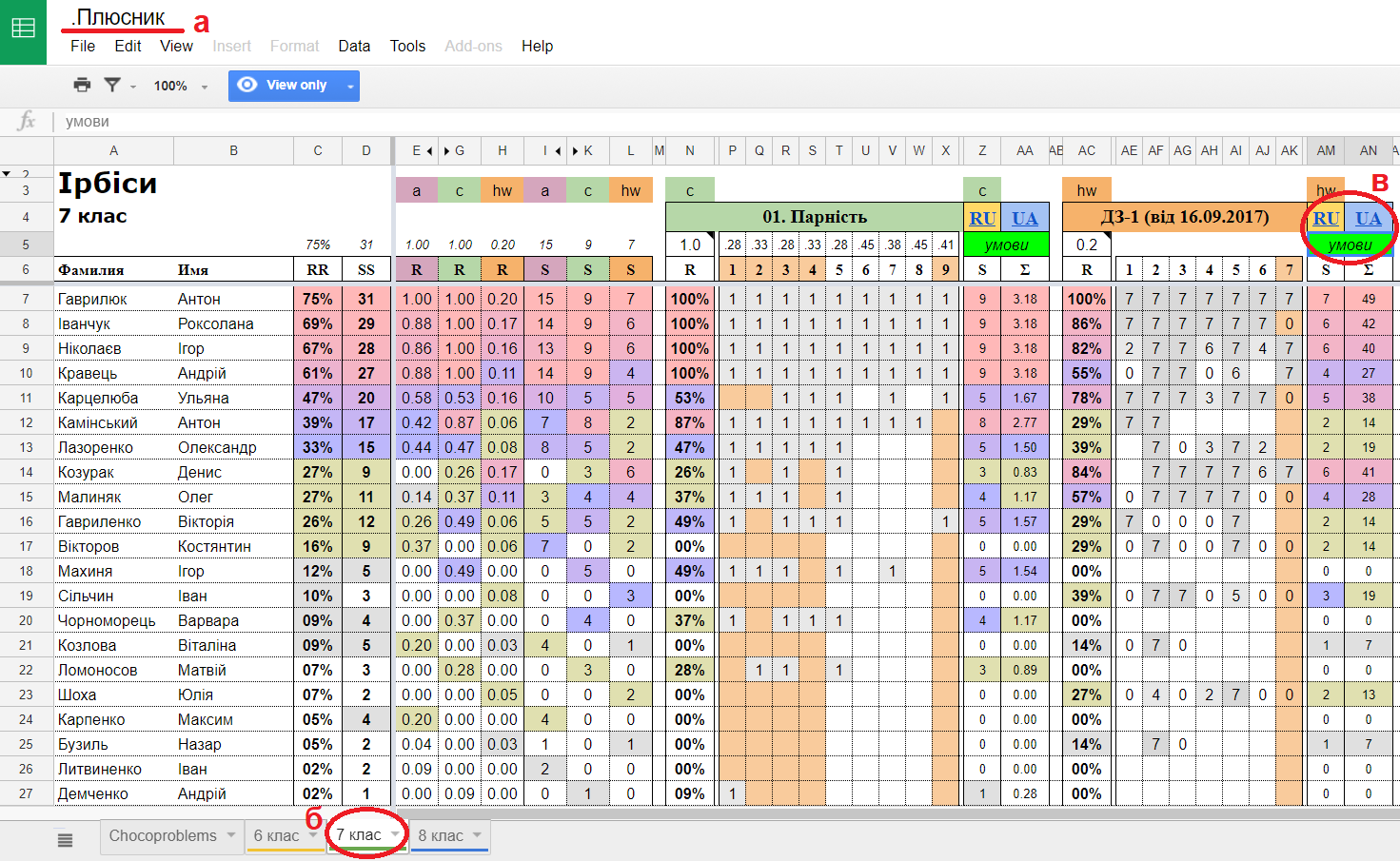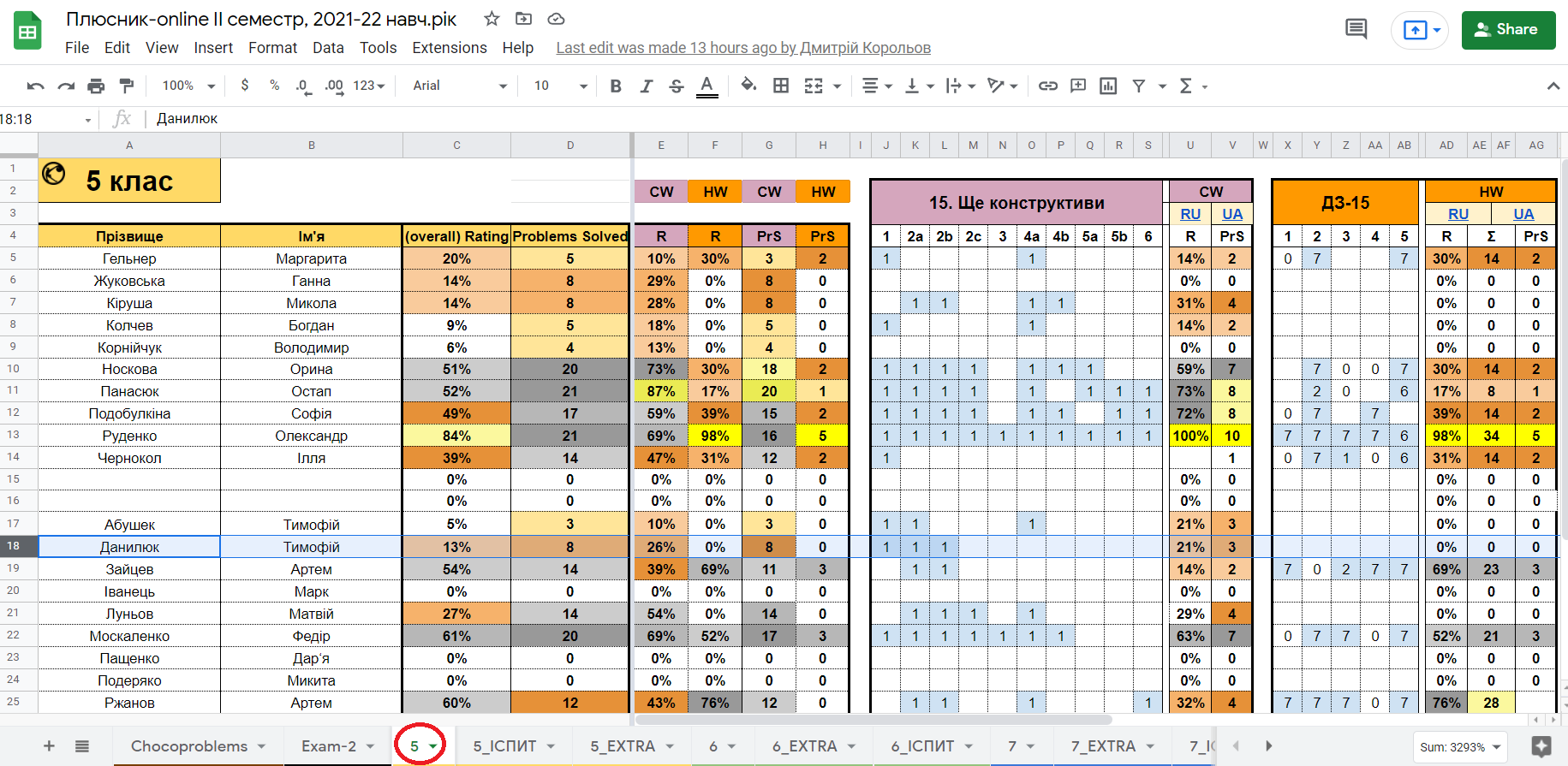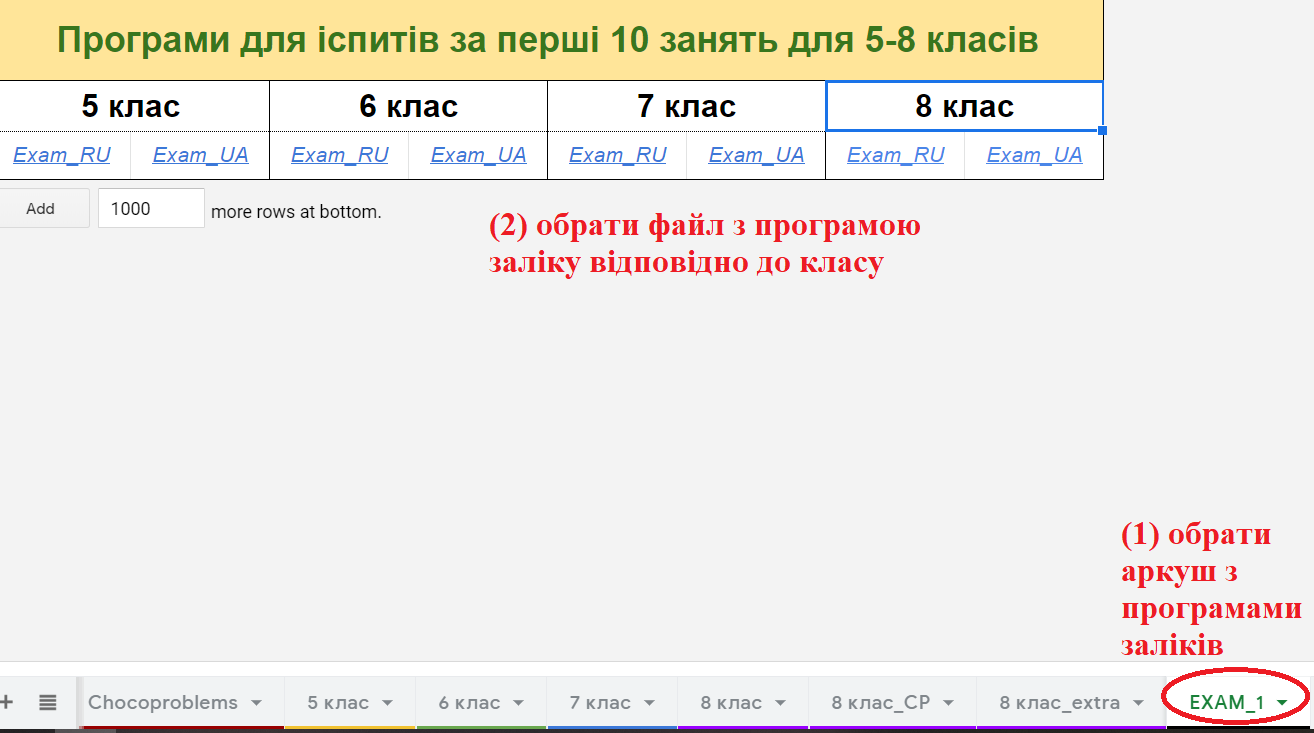Educational process
Ideology
and our
principles
An individual approach to everyone
Each child has their own pace of work and level of knowledge, and therefore, in addition to general advice and problem analysis, teachers pay a lot of attention to one-on-one communication with children.
Education lasts the whole year
After all, one of the features of our project is the active communication of children with teachers via messengers while training between classes.
We teach children to think
And not just to use other people's ideas and formulas. That is why the emphasis is on independent learning and the process of "inventing something new."
From students and high school students
Among our teachers are prize-winners and winners of many Olympiads of various levels, organizers, juries of Olympiad competitions and summer camps, and authors of problems - people who can and want to share their knowledge.
Rules of the circle
1
Complete and properly complete homework on time
Students are not allowed to attend classes without completed homework!
2
Take classes and other group members seriously
We respect the subject and the people participating in the classes, and we expect the same from the students.
3
Be honest!
Writing off can lead to exclusion from the circle. We are interested in working with those who primarily work for themselves, not for the result.
About testing and necessary knowledge
About testing and necessary knowledge
We do not conduct testing. Instead, at the beginning of the academic year, we have a "Trial Period" during which students can try out our format, and we, in turn, understand whether you are ready to continue attending the circle classes.
- For 5th-grade students, nothing is needed except the desire to learn new things :)
- For students in the 6th grade, we expect the ability to solve equations.
- It is desirable for 7th-grade students to be able to perform some algebraic transformations and work with remainders, to find GCD & LCM, and to know the signs of divisibility.
- 8th-grade students are expected to have some Olympiad experience and a sufficiently high level of knowledge.
Problems
and communication online
Plyusnyk is a spreadsheet that can be used to track a child's progress in classes and find materials for classes. "Plyusnyk" may differ in style for courses.
In Plyusnyk, the link can be found in your personal account on the Resources page.
In order to find the problem statements, please open the Plyusnyk (a) and select your class at the bottom (b). After that, in the header next to the topic, find the word "statements" and click on the language in which you want to receive them (c).

The main rule: All answers must be proven.
Just answers are not accepted!
Although classes take place online, we recommend keeping a separate notebook for homework.
Homework should be formatted as follows:
-
Separate notebook.
-
The statement of each homework problem is cut out and pasted in. Below the statement, the solution to the problem is written.
-
At most, two solutions are on one page of the notebook.
Example of correctly formatted homework:

Examples of incorrectly formatted homework:




-
Step 1 — first, you need to open your class's Plyusnyk (you can select a class from the bottom)
-
Step 2 — find the child's last name and first name in the column on the left
The corresponding results by topics will be on the right side (1 — problems completed during the class, 0-7 grade — for homework). You can scroll to the right for more details on each topic.
🕒 Homework results will be available no earlier than the next class.

Work at home because
Independent work at home is a mandatory part of successfully mastering the subject.
We additionally recommend that you:
-
Complete classroom problems that were not covered in class.
-
In the absence of a student, start with the first (simple) problems, as it is usually easier to understand the topic of these problems.
And don't forget that Kvanta is happy to help and answer questions on the topic in Telegram. We are online during the week and on weekends 🙂
To get in touch with Kvanta, please see the instructions.
At the end of the semester, participants of math course can expect an exam. Questions for the theoretical part of the exam are located in the Plyusnyk and are updated throughout the course. Below is an instruction on where to find the questions.

Wait a little bit.
Kvanta's feature is the availability of support in Telegram 💪
A team of students and high school students are involved in support, and they find and spend a lot of their time checking participants.
But we have a lot of students, and this is a rather difficult process.
Therefore, we want to warn you that responses may take some time. Also, occasionally, some messages may get lost in the general flow of messages.
If a question or task has not been answered for a long time (more than two days), please remind us about it (just send Kvanta a message from the student again).
Thank you for your understanding!
Exam
on Kvanta
For members of the mathematics course, there is an exam at the end of each semester. This is how we check knowledge from the semester program - that is, specific facts and theorems, as well as the ability to recognize the topics of problems that were completed during the educational period and solve them. The exam consists of two parts:
Interview
Theoretical part of the exam.
Questions for the theoretical part are in Plyusnyk and are updated during the semester.
Olympiad
The problems for the written part are not known before the exam, but they are chosen based on the topics covered in the semester. Grades 5-6 write one such "Olympiad," while students of grades 7-8 write two.


 Support the project
Support the project

